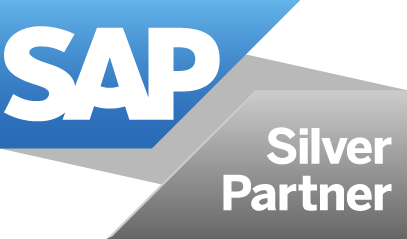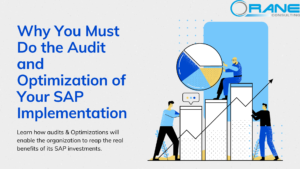Introduction:
Today’s competitive supply chain marketplace dynamic leaves little room for inefficiency. Over the last decade, supply chain technology has revolutionized the products, information and cash flow in a supply chain. Whether the firm is horizontally or vertically integrated, they are leveraging the latest technologies for producing, shipping, receiving, and tracking their products.
One major revolution in the field of supply chain management technology has been how Integrated organizations have adopted Enterprise Resource Planning to attain efficient inter-department collaborations. At an enterprise level, purchase, logistics, production control, research and development, marketing/sales, finance and distribution departments work in tandem with seamless sharing of information and easily integrated processes and workflows.
Cost of Analog Processes for Document Signatures
In any supply chain, an effective signature process for documents needs to be incorporated for documents such as Purchase Orders, Sales Invoices, Credit and Debit Notes, HR Documents, Delivery Challans, and many more. You’re only halfway there with the effective implementation of an ERP. Several surveys which state that a majority of organizations are losing revenue between 11-25% due to the absence of a signature automation in firms. The power of signature automation can enable the signature and mailing of thousands of documents within seconds, at the click of a button!
In terms of revenue losses, transactional delays lead to slower cash flows, slower customer acknowledgments and larger operational cycles due to delays in sales receivables. With respect to the bottom line, manual processes lead to higher processing costs for documents, costs associated with extra heads involved, and breaches of security including forgery, duplication, and compliance-related issues. Firms that are digitizing the signature process for their information flow are getting great returns on their investment in terms of faster operational cycles, higher productivity and lesser heads used in basic administrative processes.
How Digital Signature Integration Turns Days to Minutes
Automation in the space of document signatures in the supply chain can reduce the turnaround time for processing documents significantly while reducing the document handling costs. An effective integration to an ERP can eliminate the need for printing, signing, scanning and transporting the documents to vendors and customers and helps resources focus their energies on high-levels tasks instead of cumbersome administrative processes.
The end user experience is enhanced as documents are no longer overnighted because of a pending approval or because the document is in transit. The possibility for human error is minimalized and security and compliance are driven throughout the organization. The Certification Authority on the Digital Signature ensures all legal and statutory compliances are met. 45% of IT Decision Makers also state a skill gap as one of the major roadblocks to adopting signature automation in a firm. It is hence important for the solution to be quickly deployable and simple to use.
The supply chain market is more competitive than it has ever been! It is therefore pivotal that organizations buy into the digital transformation created by Digital Signature Solutions to be competitive in the market and to drive cost-effective, time-efficient and secure operations





